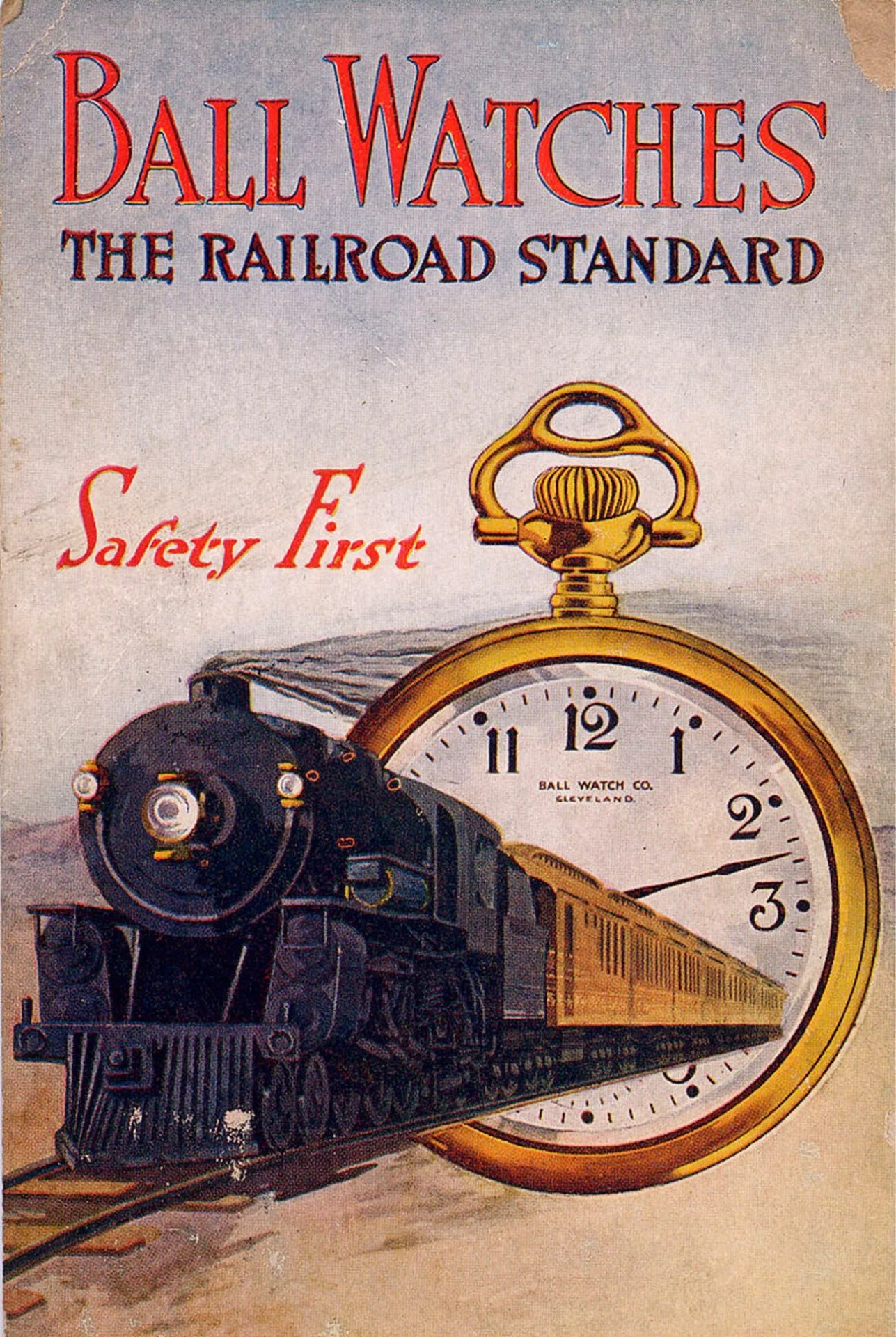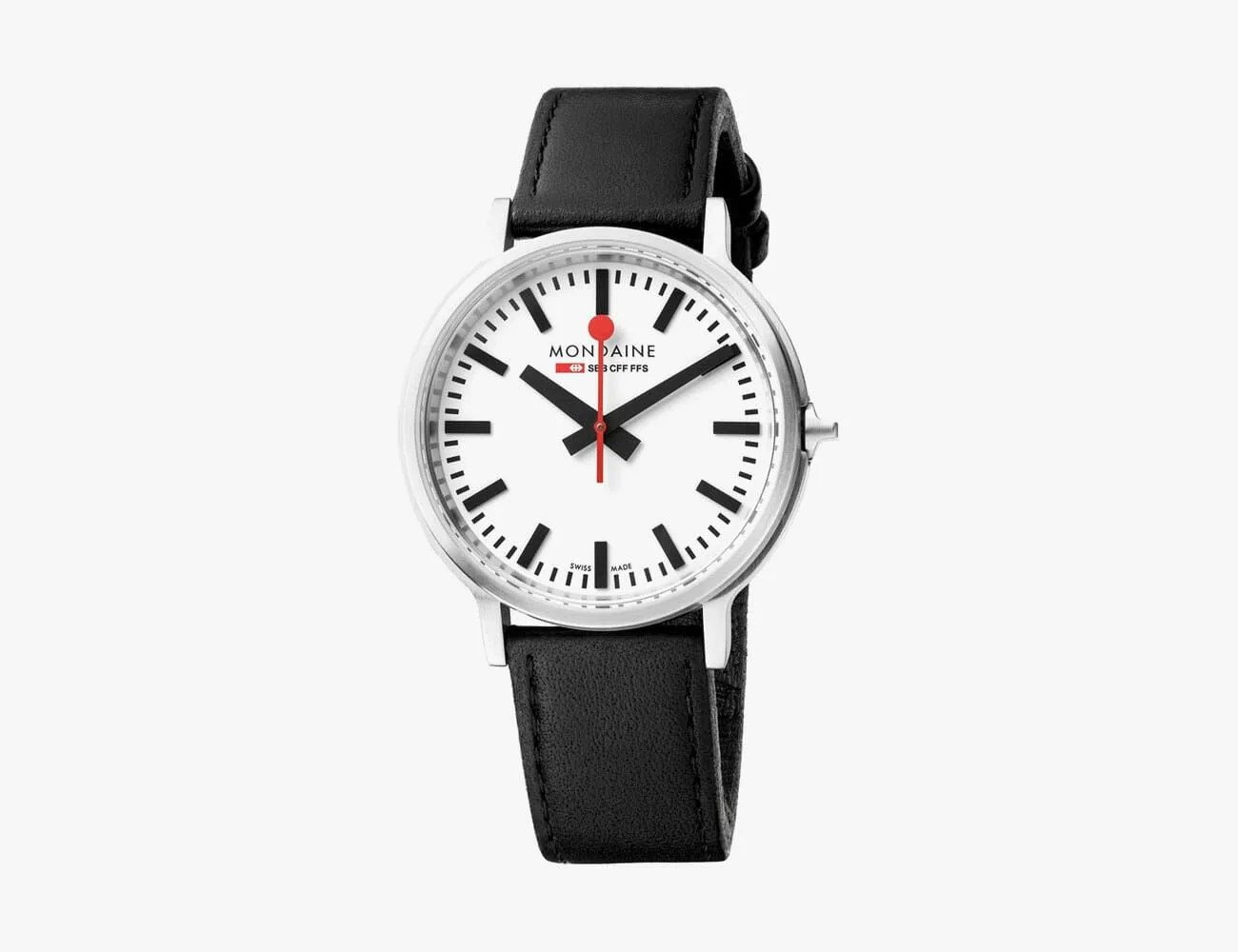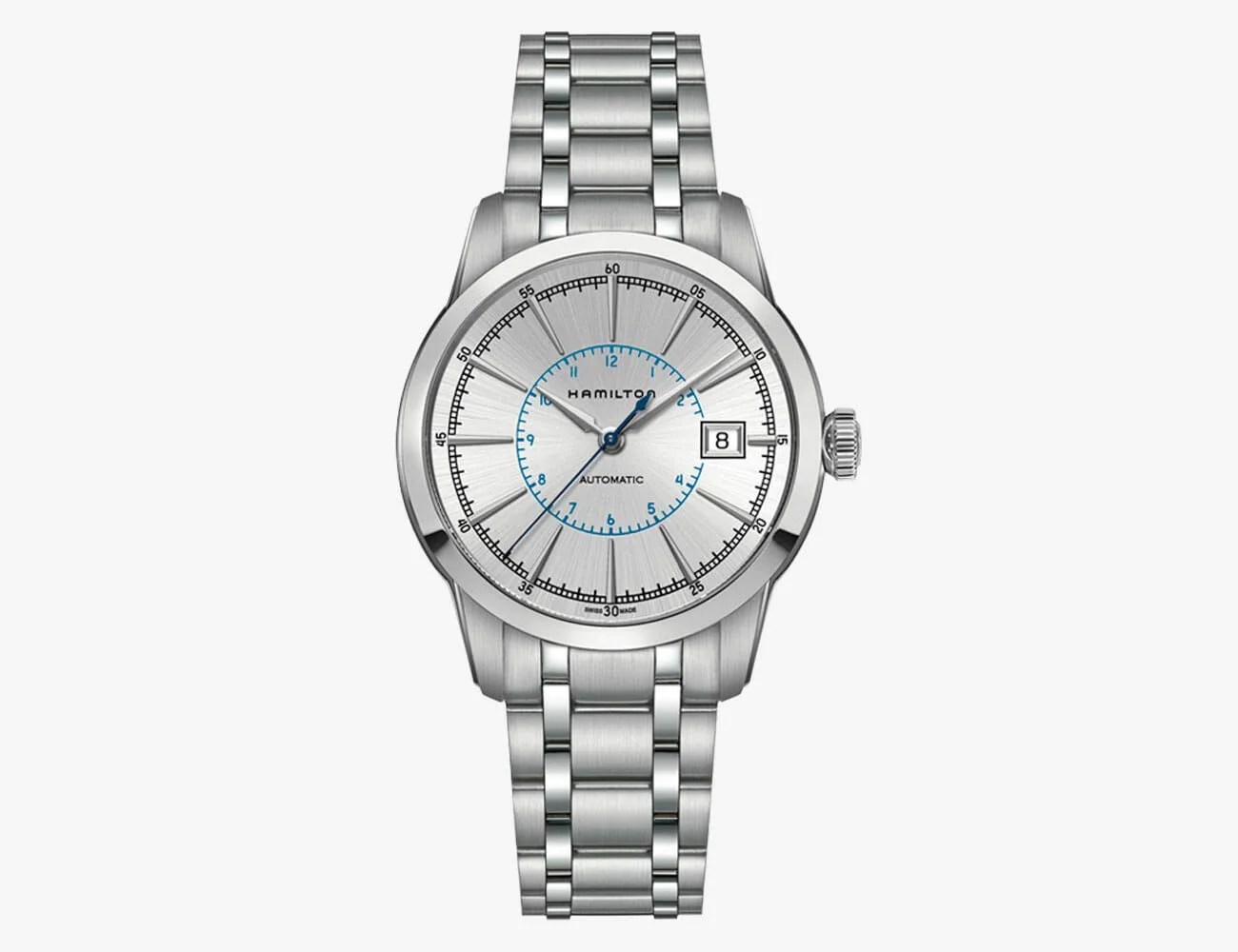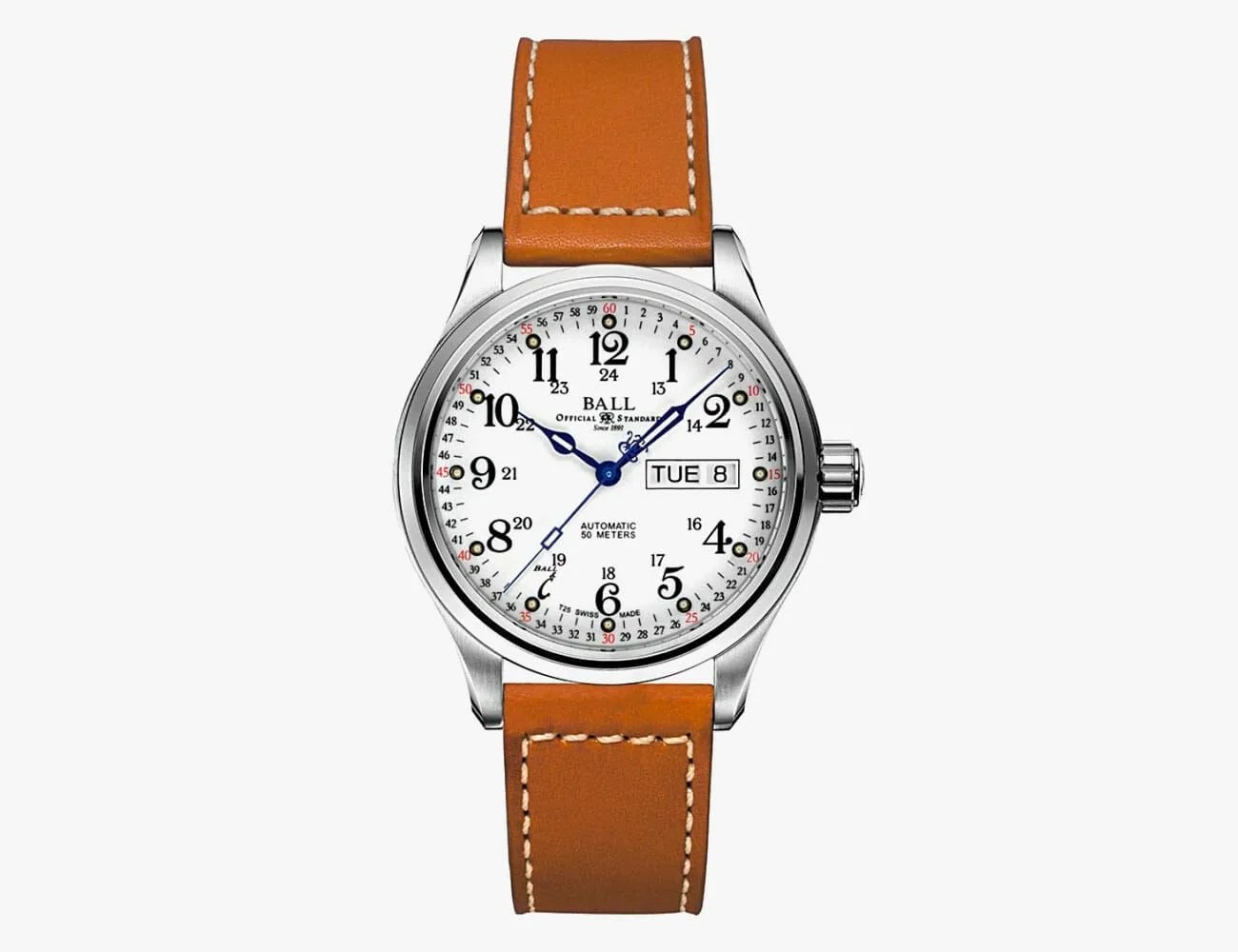In 1891, two trains collided head-on in Ohio because a conductor’s watch was off by four minutes. The evident need for better accuracy and the watches that stemmed from this need is just part of the interesting story of the railroad’s intersection with horology. More close to home for our modern lives, however, is how railroads also brought concepts of time into the modern era with the introduction of a single Standard Time, and the time zones we live by today. Naturally, precise watches were a big part of making all this possible.
Looking back at how trains as a new technology in the 1800s affected the way people conceptualized time also provides some unique insight into just how transformative this era of history was, how far we’ve come, and the development of watches. Within a century, many people transitioned from living by local time based on the sun to a calculated, mechanical time that was less seasonably and locally variable — but this got messy along the way, as some people worked to devise new systems while others resisted change.
Even as the calculated average length of a day (“mean time” or “clock time”) became the standard rather than “solar time,” people set their watches against a local standard, such a clock in a jeweler’s window or a church steeple. Those clocks were, in turn, regulated to a sundial — meaning local time would differ from place to place even within a small country like Britain, where many early developments in horology and railroads took place. One town being seven minutes ahead or behind its neighbor wasn’t really a big deal until trains made it possible to travel between locations quickly, and railway timetables required more precision and coordination.
Train schedules gave rise to a standardized time followed by railroads, and the Great Western Railway in England was the first to standardize its timetable in the 1840s. In many cases, however, each railroad independently followed its own standard, and towns maintained their own local times as well. This created some odd situations, such as that of two clocks side by side showing railroad time and (“correct”) local times minutes or more apart, and even the odd sight of watches with two minute hands!
Naturally, this situation also led to a lot of confusion. In the United States, when a new Standard Time System was implemented in 1883, instituting the time zones in use today, it replaced 49 different operating times. Later, Greenwich in England was designated the Prime Meridian to which all others referred. The Royal Observatory was first designated the standard in England and was later followed by the world’s other nations, partly because its hyper-accurate clock was the basis for time signals sent around the world by telegraph.
Accurate watches and clocks were critical to making the railroads function efficiently and safely. A single track was often shared by trains going in either direction with the ability to pass each other only at stations and designated sidings. So, if the timing was off, it could lead to deadly accidents like the well-publicized one in Ohio in 1891 — though other such incidents were reported around the world. After the Ohio collision, a Cleveland jeweler named Webster C. Ball became Official Watch Inspector and Time Keeper for six railroads. He was the founder of the Ball Watch Company that continues to make watches today that reference its railroad history.






